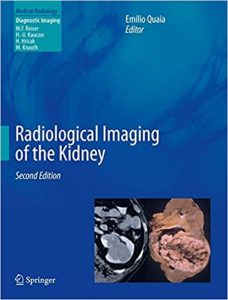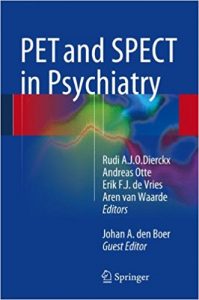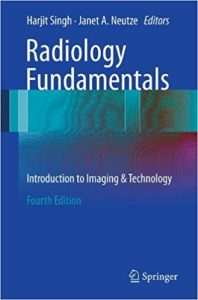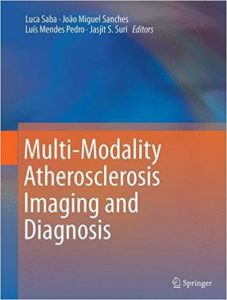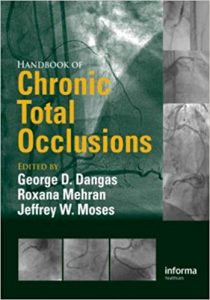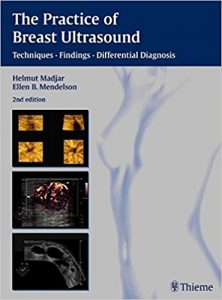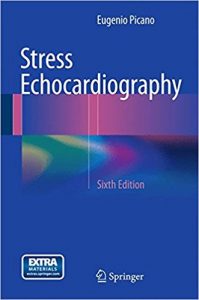Manual of 3D Echocardiography 1st ed. 2017 Edition

[amazon template=iframe image2&asin=3319503332]
This book is a practical guiding manual to explain critical clinical practice in three-dimensional (3D) echocardiography. The use of this technology has been limited to certain pioneer imaging units, but with the advent of lower cost hardware it is spreading and reaching more users that will start to use it often without previous experience or formal academic training. This title provides these readers with a full review of the features, clinical indications and methodological aspects of 3D echo in a practical, “how-to-do-it” way. 3D-echocardiography techniques are becoming more diverse, as they are applied to transthoracic and transesophageal studies, 3D-wall motion tracking, fusion of echocardiographic and fluoroscopy navigation, fusion of wall motion tracking and coronary tomography. All these aspects are described and explained deeply in this book.

